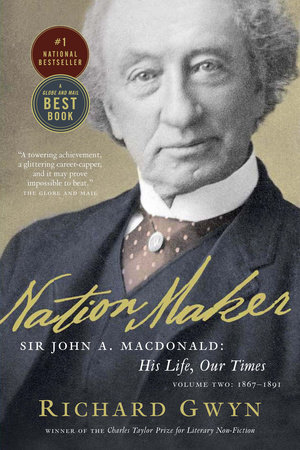 On the morning of Sept. 11, 2001, two planes loaded with fuel for their intercontinental journeys crashed into the two towers of the World Trade Center within a mere 17 minutes. With the blaze that ensued, one more plane is to hit the pentagon, another would crash to the ground thanks to the brave defiance of its passengers.
On the morning of Sept. 11, 2001, two planes loaded with fuel for their intercontinental journeys crashed into the two towers of the World Trade Center within a mere 17 minutes. With the blaze that ensued, one more plane is to hit the pentagon, another would crash to the ground thanks to the brave defiance of its passengers.
The entire terrorist attack on this day, including the collapsing of the two towers, would unfold within 2 hours and at its wake, 2,982 lives would be lost. Nearby hospitals were fully mobilized with doctors who had worked continuous shifts on standby ready for the tidal wave of patients, only to realize that most victims had perished during the attack; many with body parts severed and unidentified. Some body parts would be still discovered in 2009. This was the largest rescue mission for New York City to date.
Economic activity ground to a halt. The New York Stock Exchange would close for the rest of the week. The Federal Reserve Bank in New York would evacuate, but no one knew how to lock up the bank as it had never been unmanned before. Within 24 hours of the attack, King Abdullah from Saudi Arabia sent 9 million barrels of oil to America to stave off an economic crisis in the States. A year later, the damage to NYC is estimated to be between $83 to $95 billion.
Ever since, the shockwave of the attack rippled through America and beyond. My own motivation to read this book was to understand this event better, but more questions seem to be raised than answered, all of which have no simple answers:
While the deaths on the day of 9/11 is known, many rescuers have since died slowly and painfully after the incident due to respiratory problems. Their stories aren’t often told. During the Iraqi war, a war instigated on false premise, it’s estimated that 100,000 civilians died during and following the invasion. Could they find justice? What of the lacking of details on intelligence work prior to the attack and the accompanying accountability? What of the transparency in various country’s involvement in the attack? The cost of the attack was estimated at around half a million and 10 years on, the war had costed 1.15 trillion. Could this be a sustainable response to future attacks? How could different peoples resolve such differences and seek understanding?
I have learned a tremendous amount through this book. It is a detailed and articulate account of the 9/11 attack – its historical background, the urgent question of Israel and Palestine, the stories of the perpetrators, the intelligence and military response from America and other countries, and of the pillars of the conspiracy theorists and how it does not stand up to the evidence at hand.
Since then, the attack has permeated every form of artistic expressions – in languages, in films, and even in clothes. While the original leader of the attack, Osama bin Laden, had been killed, the conflict between various peoples persists. I fervently hope in the near future this contention can see a peaceful resolution.

